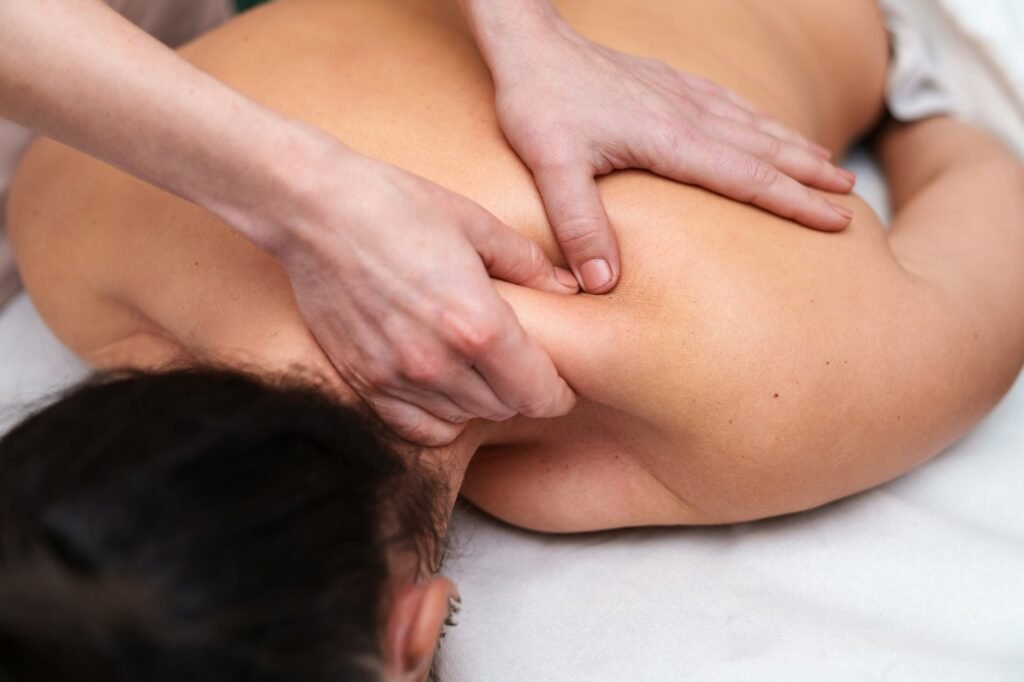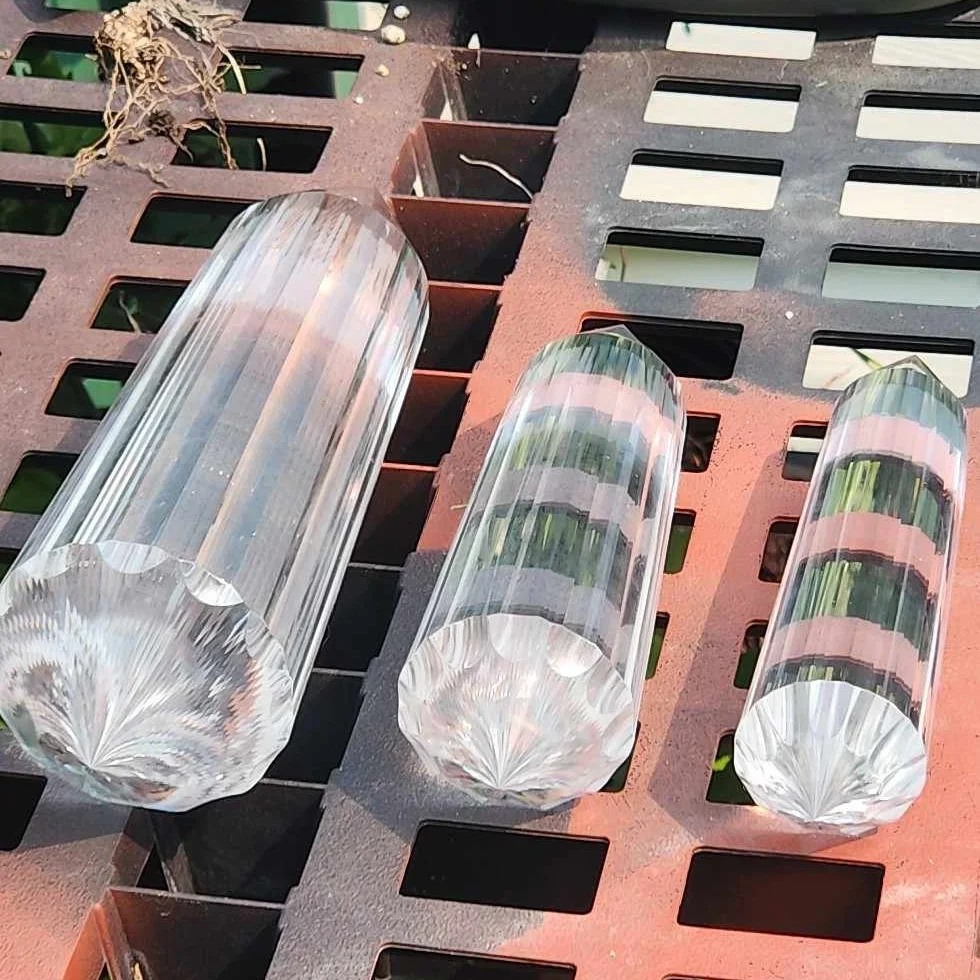Myotherapy

Myotherapy
Myotherapy is a form of manual therapy that focuses specifically on the assessment, treatment, and rehabilitation of musculoskeletal pain and dysfunction. Practitioners utilize a variety of techniques to address pain, restore muscle function, and improve overall mobility. By focusing directly on muscles, their health, and how they contribute to discomfort, myotherapy offers a targeted approach to pain management.
What is Myotherapy?
Myotherapy rests on several key concepts:
- Muscular Dysfunction: Myotherapy recognizes that pain and restricted movement frequently stem from dysfunction within the muscles themselves.
- Trigger Points: Trigger points, hyper-irritable areas within taut bands of muscle, are often a major source of pain and are directly addressed in myotherapy.
- Manual Techniques: Myotherapy employs various techniques including trigger point release, deep tissue massage, muscle stretching, and remedial exercises to alleviate muscular pain and improve flexibility.
- Corrective Approach: Myotherapy focuses on identifying and correcting the underlying causes of muscle pain and dysfunction, aiming for lasting results.
How Can Myotherapy Help You?
Myotherapy offers a versatile approach in addressing numerous muscular challenges:
- Pain Relief: Myotherapy effectively reduces pain arising from muscular tension, trigger points, and soft tissue injuries.
- Improved Flexibility and Mobility: By releasing tight muscles and improving joint range of motion, myotherapy enhances flexibility and overall mobility.
- Injury Rehabilitation: Myotherapy promotes healing, reduces muscle tightness, and prevents re-injury, aiding in post-injury rehabilitation.
- Postural Correction: Myotherapy helps correct postural imbalances caused by misaligned and dysfunctional muscles.
- Performance Enhancement: Athletes benefit from myotherapy by optimizing muscle recovery, reducing the risk of injury, and improving range of motion for peak performance.
What is Myotherapy Good For?
Myotherapy is sought out to address various concerns related to muscular health and function:
- Chronic Pain Conditions: Myotherapy is effective for chronic neck and back pain, headaches, tendinitis, and other musculoskeletal pain syndromes.
- Sports Injuries: Myotherapy supports rehabilitation from sports-related injuries, promoting healing and aiding in restoring optimal movement patterns.
- Restricted Range of Motion: Myotherapy addresses restrictions in joint range of motion due to tight, shortened muscles.
- Postural Issues: Myotherapy helps alleviate aches and pains associated with poor posture by correcting muscle imbalances.
- Occupational Demands: Myotherapy provides relief for those experiencing muscle pain due to repetitive movements or prolonged postures associated with their occupation.
Benefits of Myotherapy
Embracing myotherapy unlocks numerous advantages for your health and well-being:
- Targeted Pain Relief: Myotherapy addresses the underlying cause of muscular pain, providing lasting relief beyond temporary fixes.
- Improved Range of Motion: Myotherapy releases muscle tightness and restrictions, increasing joint range of motion.
- Postural Improvement: Myotherapy helps realign the body by correcting postural imbalances caused by muscular dysfunction.
- Enhanced Performance & Recovery: Myotherapy aids athletes in recovery, improves flexibility for optimal function, and reduces the risk of injury.
- Stress Relief: The hands-on techniques in myotherapy promote relaxation and can indirectly contribute to stress management.
What to Expect from Myotherapy with a Practitioner
Myotherapy sessions often follow this general structure:
- Assessment: Your practitioner will discuss your pain history, lifestyle, and movement patterns to understand the root cause of your discomfort.
- Palpation: Your practitioner locates trigger points, tight muscles, and areas of dysfunction through touch and assessment.
- Treatment: The practitioner utilizes various myotherapy techniques like deep tissue massage, trigger point release, stretching, and corrective exercises.
- Feedback: You’ll provide feedback on pain levels and sensations, guiding the intensity of your treatment.
- Self-care Recommendations: Your practitioner may provide stretches, exercises, or lifestyle changes to enhance the benefits of myotherapy.
Similar Modalities to Myotherapy
Myotherapy overlaps with several other therapeutic approaches and techniques:
- Massage Therapy: Myotherapy is akin to a more focused, targeted form of deep tissue massage, emphasizing the treatment of muscle dysfunction.
- Trigger Point Therapy: This therapy focuses solely on releasing trigger points, a central component addressed within myotherapy.
- Remedial Massage: Remedial massage shares similarities, often incorporating aspects of myotherapy, but may have broader goals beyond solely muscle dysfunction.
- Physical Therapy: Physical therapists can utilize myotherapy techniques within a comprehensive rehabilitation plan for various physical health conditions.
Final Thoughts
Myotherapy provides a valuable tool if you suffer from muscle pain, limited mobility, or want to optimize sports recovery. By addressing the root cause of muscular dysfunction, myotherapy promotes lasting relief and enhanced overall physical function.
Scientific References
- Hou, C. R., Tsai, L. C., Cheng, K. F., Chung, K. C., & Hong, C. Z. (2002). Immediate effects of various physical therapeutic modalities on cervical myofascial pain and trigger-point sensitivity. Archives of physical medicine and rehabilitation, 83(10), 1406-1414. (Investigates the effectiveness of myofascial techniques in treating cervical muscle pain)
- Moraska, A. F., & Chandler, C. (2008). Changes in clinical parameters and reported pain across 6 sessions of massage therapy treatment and 2 weeks of follow-up: a preliminary study. Journal of alternative and complementary medicine (New York, N.Y.), 14(7), 809–817. (Examines the effects of massage therapy, which can incorporate myotherapy techniques, on pain reduction and related measures)
- Simons, D. G., Travell, J. G., & Simons, L. S. (1999). Travell & Simons’ myofascial pain and dysfunction: upper half of body (Vol. 1). Lippincott Williams & Wilkins. (Seminal work on understanding trigger points and their role in musculoskeletal pain)
Recommended Reading
- The Trigger Point Therapy Workbook: Your Self-Treatment Guide for Pain Relief by Clair Davies (A self-guide to understanding and addressing trigger points)
- Trail Guide to the Body by Andrew Biel (Comprehensive visual guide to muscle anatomy with a focus on locating and understanding common musculoskeletal issues)
- Muscle Pain Relief in 90 Seconds: The Fold and Hold Method by Dale L. Anderson (Offers a specific method for self-treatment of muscle pain and dysfunction)
FAQ: Myotherapy
Is myotherapy a type of massage?
While myotherapy incorporates deep tissue massage techniques, its primary focus is on the targeted assessment, treatment, and rehabilitation of muscle-related pain and dysfunction.
How many myotherapy sessions will I need?
The number of sessions depends on your individual needs. Some people experience relief after a few sessions, while others may require ongoing treatment for more complex or chronic conditions.
Can myotherapy help with old injuries?
Yes! Myotherapy can be effective for old injuries where tightness, trigger points, and muscle imbalances may persist, even after the initial injury has healed.
Is myotherapy painful?
Myotherapy may cause some discomfort when addressing trigger points or deep muscle tension. However, open communication with your practitioner ensures proper pressure can be adjusted to your tolerance levels.
Does myotherapy have any side effects?
Temporary muscle soreness is the most common side effect of myotherapy. It’s generally mild and resolves within a day or two.
Related Practitioners
Helena Fleming B.A., M.A. LIC I.S.H, RHOM
HOMEOPATHY & BIORESONANCE
- 3 Meadowbrook, Tulsk, Co. Roscommon, F45 FH97, Ireland
- (678) 210-5270
I am a homeopath and bioresonance practitioner with 27 years experience. I combine a classical approach to homeopathy with state-of-the-art… Read More





















